[ad_1]
Be it giant watermelons grown in the shapes of hearts and cubes; spas where you can soak your entire body in a large steaming vat of ramen noodles (complete with a fragrant pork-based broth); or game shows in which contestants attempt to eat spaghetti while getting spun around helter-skelter in a dryer, Japanese culture certainly has an affinity for the odder things in life.
When it comes to museums, the country boasts some equally weird and wonderful treasures dedicated to national cultural obsessions – from cup noodles and ninjas to kites and animated films. Here are a few to check out on your next trip to Japan.
1. Cup Noodle Museum, Yokohama
Fresh, frozen or instant – the Japanese certainly love their noodles, even when it comes packaged in a Styrofoam cup. Visitors to the Cup Noodle Museum in central Yokohama can find out about the history, manufacturing process and cultural significance of the humble dish via an array of analogue, digital and interactive exhibits. You can even try your hand at making noodles from scratch at the Chicken Ramen Factory; or assemble your own cup noodles – all the way down to the package design – to take home with you as a souvenir.

2. Meguro Parasitological Museum, Tokyo
Fancy getting up close and personal with some unique creepy crawlies? Japan’s capital is home to the Meguro Parasitological Museum, a private museum dedicated to the science of parasitology that was founded in 1953. As one of the only museums in the world completely dedicated to parasites, the two-storey attraction has a whopping upwards of 60,000 specimens in its impressive collection, and displays around 300 of them for visitors. The must-see exhibit is one of the world’s longest tapeworms, measuring an impressive 8.8 metres in length.
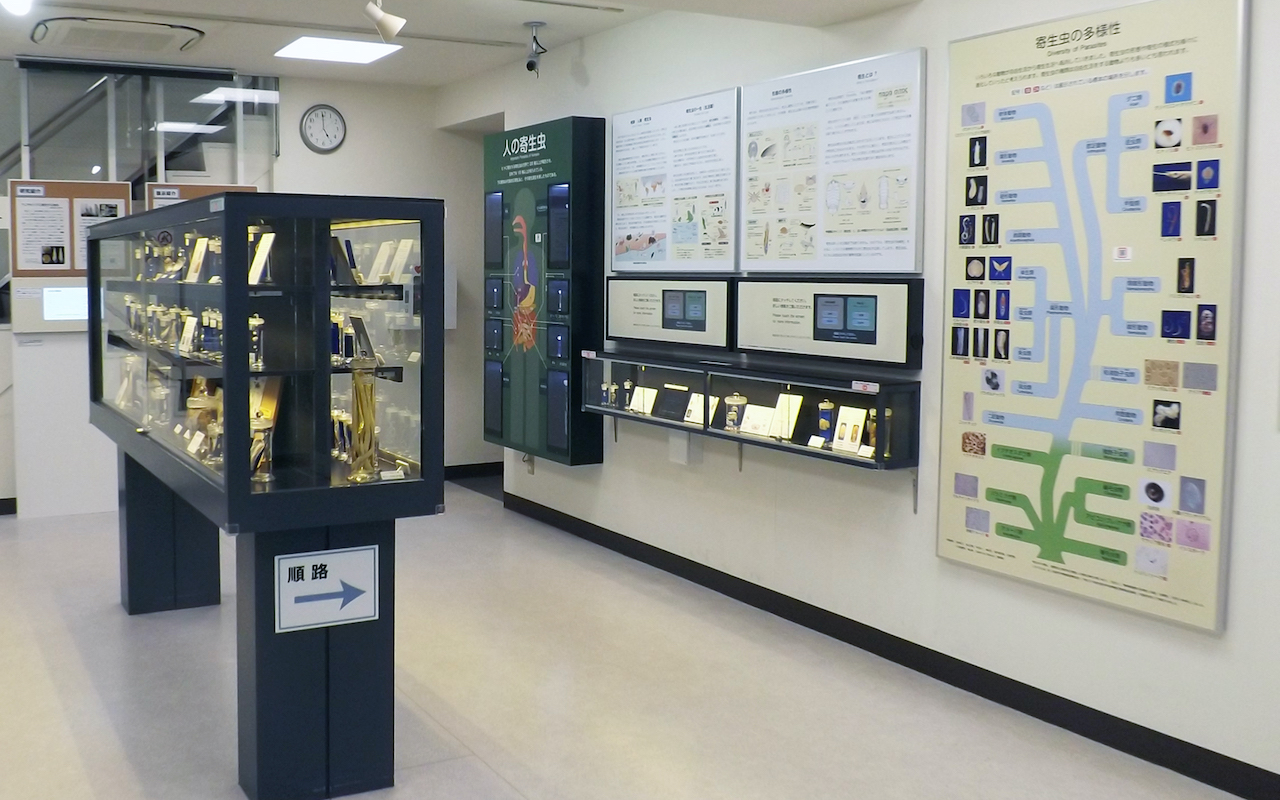
3. Ninja Museum of Igaryu, Mie Prefecture
While there have been many movies about Japanese ninjas, not much is known about the history of these ancient intelligence officers. Learn about ninjas and ninjutsu (the strategy and tactics practiced by ninjas) at the Ninja Museum of Igaryu. You can check out exhibits showcasing garments and written secret codes; peruse displays of over 400 tools; and catch an exciting live-action show where traditional weapons such as shuriken (a hidden hand blade), swords and kusarigama (which comprises a sickle and a weight) are used to demonstrate how ninjas used to do battle. The museum’s gift shop also purports to sell rare and original ninja goods that cannot be found anywhere else.
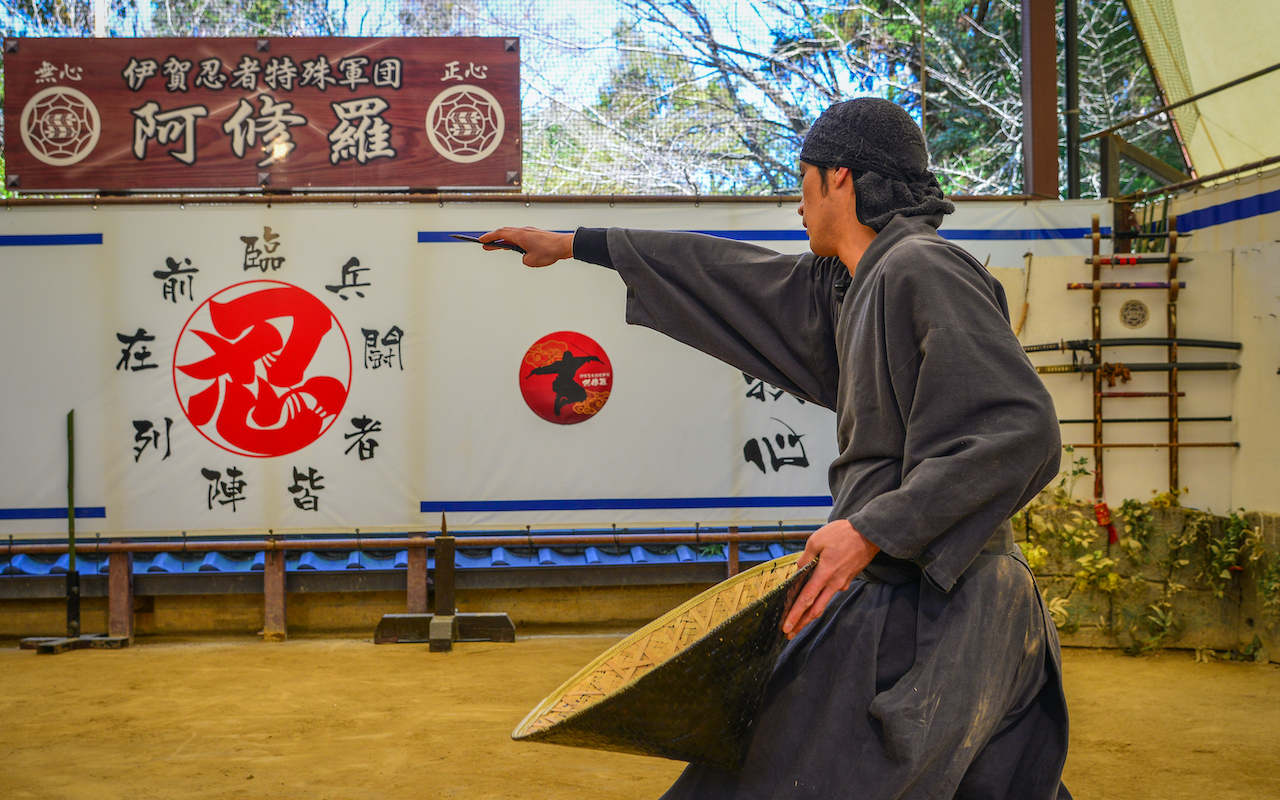
4. Ghibli Museum, Tokyo
From Princess Mononoke (1997) and My Neighbour Totoro (1988) to Spirited Away (2001) and The Wind Rises (2014), Studio Ghibli has given the world much joy with their whimsical, heartfelt animated films. If you’re looking to dive into all things Ghibli, pencil in a visit to this one-of-a-kind attraction. Located in the Mitaka suburb of Tokyo, it’s here that you’ll find an immersive wonderland of film screenings, exhibits, animations, displays and even outdoor attractions dedicated to the magical universes dreamed up by the animation studio over the years. Be sure to snap a picture with the giant Totoro mascot at the entrance. Tickets are extremely limited and sell out well in advance, so do book as early as possible.
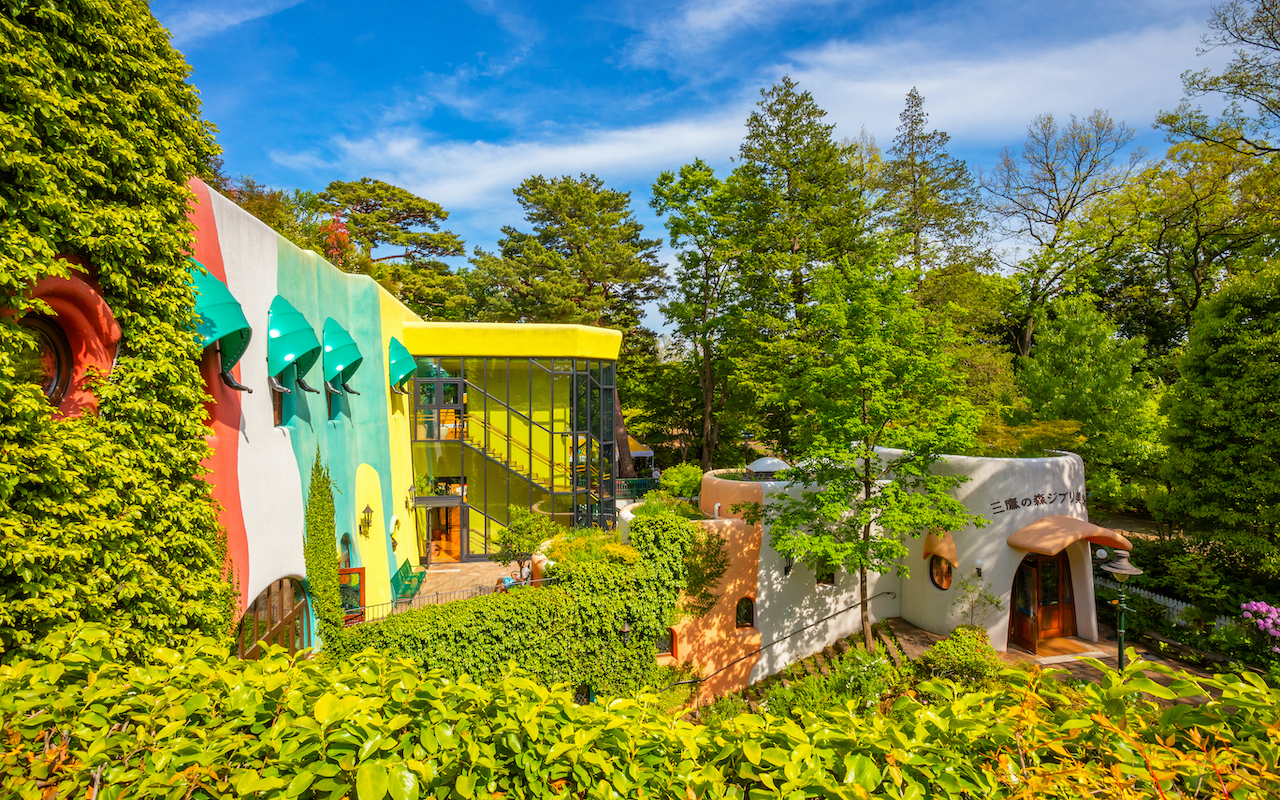
5. Sand Museum, Tottori
The world’s only indoor museum entirely devoted to sand sculptures, the Sand Museum in the coastal city of Tottori exhibits various works of art made from sand obtained from nearby dunes. Each year, the museum – which is helmed by award-winning sand sculptor Chaen Katsuhiko – bases its exhibits around a certain theme and invites world-class sand sculptors to create works that speak to the topic. Thereafter, the temporary exhibits are demolished, and the sand is returned back to its natural environment. If you’re planning to visit, do note that the museum closes every year between January and mid-April, to allow time for artists to demolish the previous exhibition and build new sculptures following the new theme selected.
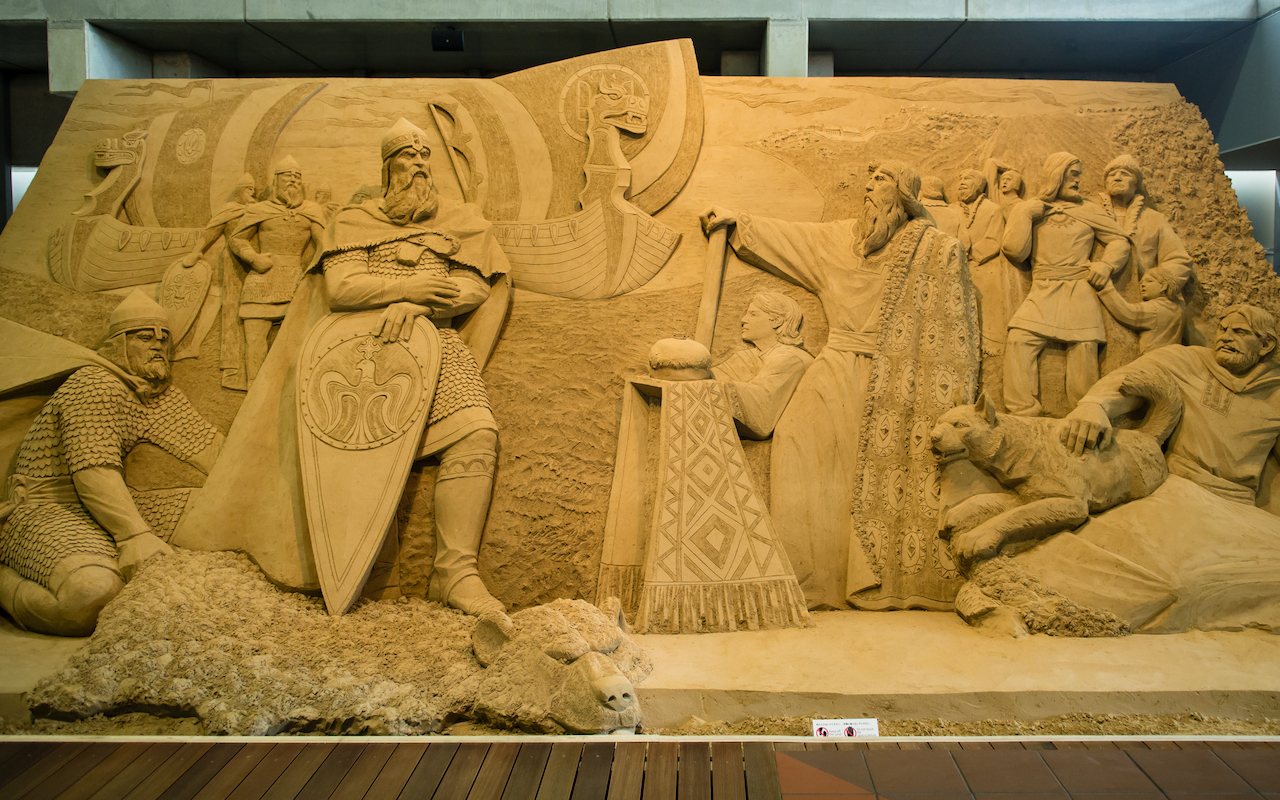
6. Kite Museum, Tokyo
Despite being one of the smaller museum in Japan, this attraction is a worth a visit to check out the colourful collection of kites sourced from all over the world. The Kite Museum was initially created in 1977 by enthusiast Shingo Modegi and, despite his passing, the museum lives on as a tribute to his quirky obsession. You’ll find roughly 300 different kites from various eras (some date all the way back to the Edo period) displayed along the walls, hanging from the ceiling and placed in packed display cabinets. There are reportedly another 3,500 kites held in storage.
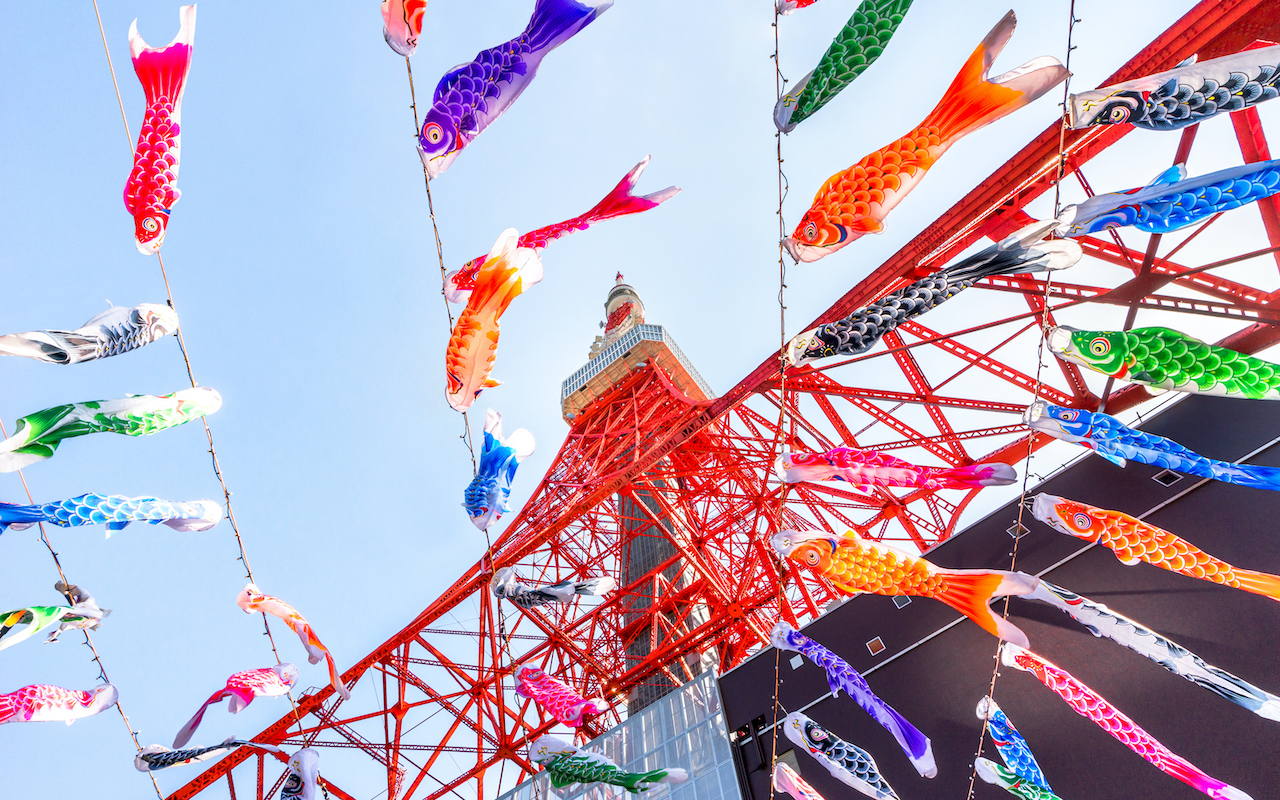
Please check the establishments’ respective websites for opening hours as well as booking and seating requirements before visiting, and remember to adhere to safe-distancing measures while out and about.
To learn more about Singapore Airlines flights, visit singaporeair.com.
[ad_2]













